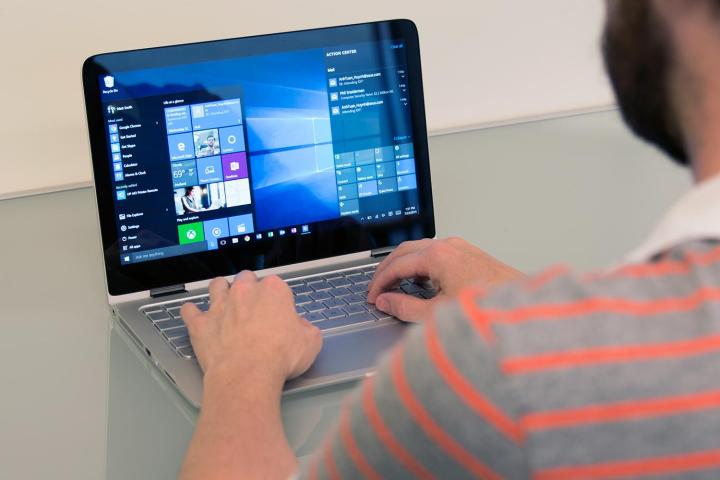
Of course, Microsoft is already working hard to attract home users by offering free upgrades to those with legitimate copies of Windows 7 or Windows 8.1, and this move could go a long way toward increasing adoption with the latest version of Windows.
This move is definitely aimed at recruiting businesses into the Windows 10 fold, home users can also download the Enterprise Edition of Windows 10 if they want to get a feel for the OS before committing to a final upgrade. However, home users that choose to install the OS in this way need to make note of that fact that there are some notable features missing including Mail, Calendar, People, Photos, the Windows App Store, and Cortana. Still, it’s a good way to get a feel for navigating around Windows 10, which can help users decide if it’s right for them.
Windows 10 Enterprise also includes some features that should make IT professionals quite happy, including tools that can automatically configure new devices and Device Guard, a feature that lets businesses lock devices down to only run applications from trusted developers of their choosing. There is also a feature called Windows Hello that lets users log in with biometric information such as their fingerprint or face.
Only time will tell if Windows 10 will see the same slow adoption rate in the business world as previous versions did, but it looks like Microsoft is at least taking steps in the right direction.
Editors' Recommendations
- Windows 11 tips and tricks: 8 hidden settings you need to try
- Windows 11 vs. Windows 10: finally time to upgrade?
- 7 beloved Windows apps that Microsoft has killed over the years
- Microsoft plans to charge for Windows 10 updates in the future
- The best Windows apps for 2023


